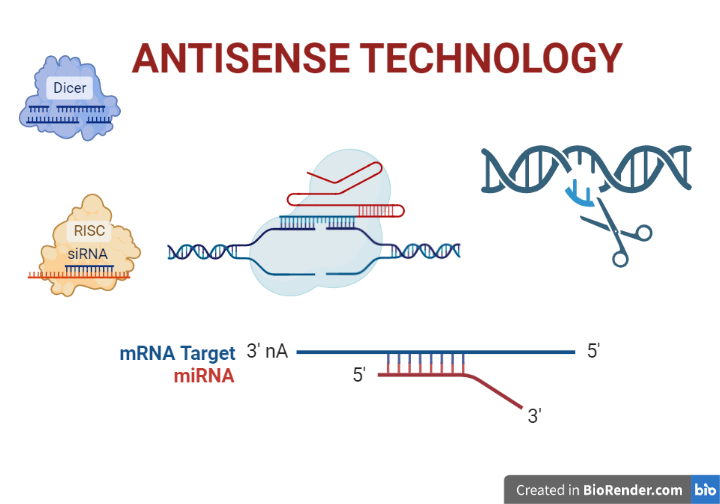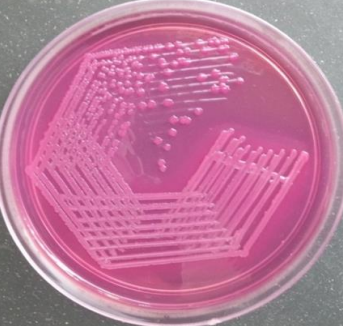Interferons- Definition, Features, Types, Production, Cytokine
Interferons are a group of cytokines with diverse roles in the immune response, exhibiting antiviral and antitumor activities.
Interferons- Definition, Features, Types, Production, Cytokine Read More »










